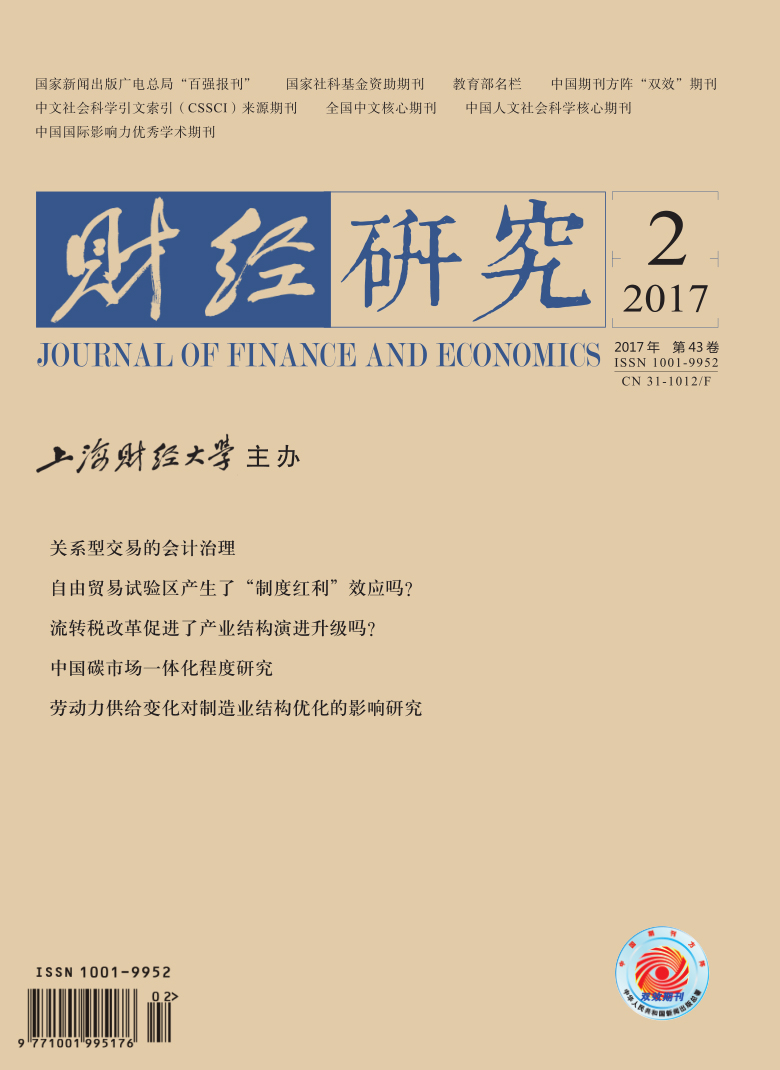Income inequality is a common problem which many countries are facing.In the analysis of income inequality, it is usually based on annual cross-sectional income data to estimate.And if the existence of income mobility is considered, long-term income inequality will be reduced somewhat.Based on the data provided by CHNS and five-equal-part conversion matrix of resident income, it argues that owing to income mobility, the long-term income shares of every income level are convergence in the long run, and the Gini coefficient of long-term income is much lower than average Gini coefficient of annual income.Finally it measures the influence of income mobility on long-term income inequality by Shorrocks equalization index.During the period from 1989 to 2011, income mobility leads to the reduction in the inequality measured in terms of long-term income by 24.4%, but in recent years, income mobility experiences a downward trend, and inhibits the equalization of long-term income.Owing to the effect of income mobility on long-term income inequality, public policies should advance mobility through deepening the reform and increasing education level, to achieve the long-term income equality.
 / Journals / Journal of Finance and Economics
/ Journals / Journal of Finance and EconomicsJournal of Finance and Economics
LiuYuanchun, Editor-in-Chief
ZhengChunrong, Vice Executive Editor-in-Chief
YaoLan BaoXiaohua HuangJun, Vice Editor-in-Chief
Income Mobility and Dynamic Changes of China Households' Long-term Income Inequality: Based on the Data from CHNS
Journal of Finance and Economics Vol. 43, Issue 02, pp. 60 - 69,133 (2017) DOI:10.16538/j.cnkij.fe.2017.02.004
Abstract
References
Abstract
Cite this article
Liu Zhiguo, James Ma. Income Mobility and Dynamic Changes of China Households' Long-term Income Inequality: Based on the Data from CHNS[J]. Journal of Finance and Economics, 2017, 43(2): 60–69.
Export Citations as:
For




 7315
7315  10065
10065

